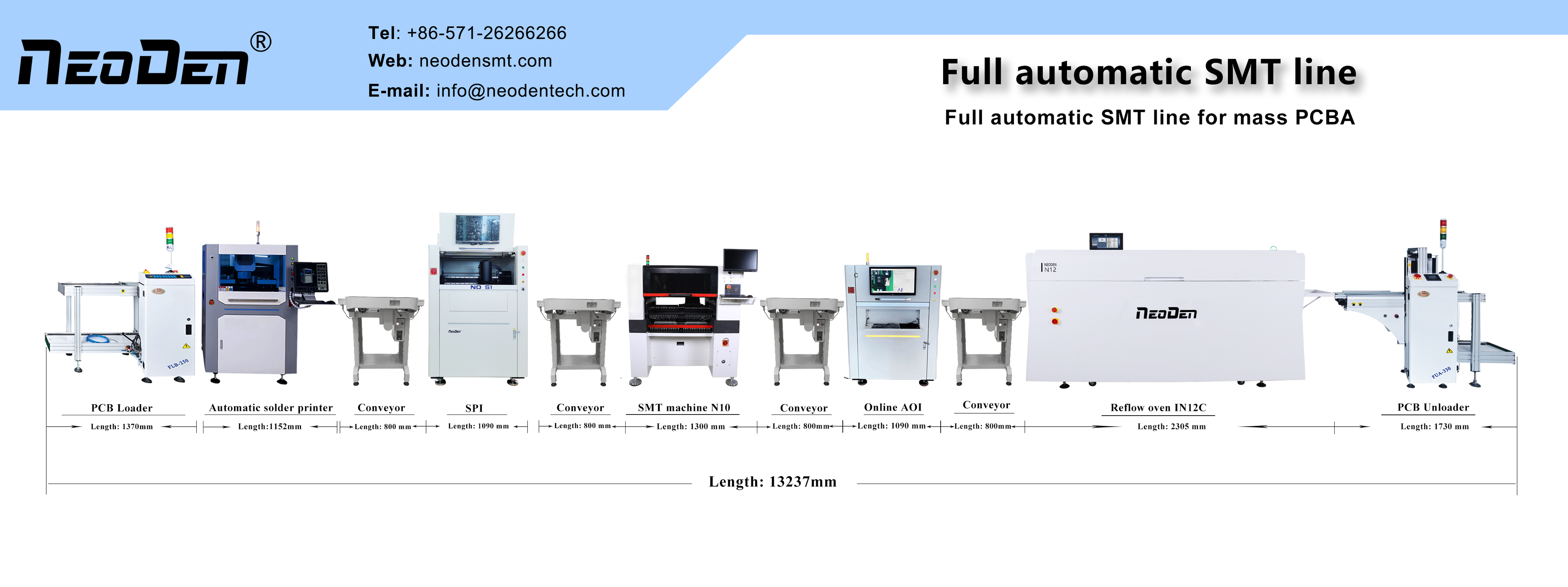Industrial PCBs by rigidity
These refer to printed circuit boards (PCBs) designed to meet the different needs of industrial equipment components, based on the degree of rigidity of the board.
Flexible industrial PCBs
As the name suggests, these industrial circuit boards are flexible, i.e. easy to optimise or assemble.
Assembled on thin, flexible insulation, these boards offer much-needed versatility, making them ideal for different formats – multilayer, single-sided and double-sided PCBs.
In addition to their flexibility and versatility, flexible industrial circuit boards are also ideally suited to industrial equipment where space is limited. Thanks to their flexibility, the boards can be modified to fit into the available space. At the same time, this helps to reduce the weight of the circuit board.
Rigid industrial circuit boards
This is the opposite of flexible circuit boards, in the sense that they offer flexibility of a different kind.
Rigid industrial circuit boards are characterised by the presence of non-flexible materials on the layers. This design makes the flexibility of the circuit boards impossible – they cannot be bent beyond a specific limit. Attempts to go beyond often result in breakage or cracking.
Despite the disadvantages of not having flexible layers, rigid industrial PCBs compensate for this by
- Easier maintenance of rigid industrial PCBs.
- Ability to handle complex circuit designs
- Compact design
- Rigid PCBs have a well laid out signal path.
Rigid-flexible industrial printed circuit boards
These are combined variants of rigid and flexible industrial PCBs. As a result, you can expect the functionality of both PCBs on a single platform.
Features of the rigid-flexible PCBs include
There is a lot of space on the board. This helps to reduce the overall footprint of the electronics while paving the way for adding more components.
Rigid-flexible printed circuit boards are better suited to industrial applications that require dense circuitry. This is why they are better suited to the military and aerospace industries.
Although flexible, rigid and rigid-flexible circuit boards are the three more suitable for diverse industrial applications, they are not the only option. You can use other variants, namely: microwave circuit boards, ceramic boards and RF boards.
Whichever PCB you choose, it is best to pick those based on the following factors:
- conductive mode
- temperature resistance and
- Flexibility
Quick facts about NeoDen
Established in 2010, 200+ employees, 8000+ Sq.m. factory
NeoDen products: Smart series PNP machine, NeoDen K1830, NeoDen4, NeoDen3V, NeoDen7, NeoDen6, TM220A, TM240A, TM245P, reflow oven IN6, IN12, Solder paste printer FP2636, PM3040
Successful 10000+ customers across the globe
30+ Global Agents covered in Asia, Europe, America, Oceania and Africa
R&D Center: 3 R&D departments with 25+ professional R&D engineers
Listed with CE and got 50+ patents
30+ quality control and technical support engineers, 15+ senior international sales, timely customer responding within 8 hours, professional solutions providing within 24 hours
Add: No.18, Tianzihu Avenue, Tianzihu Town, Anji County, Huzhou City, Zhejiang Province, China
Phone: 86-571-26266266
Post time: Apr-06-2023

